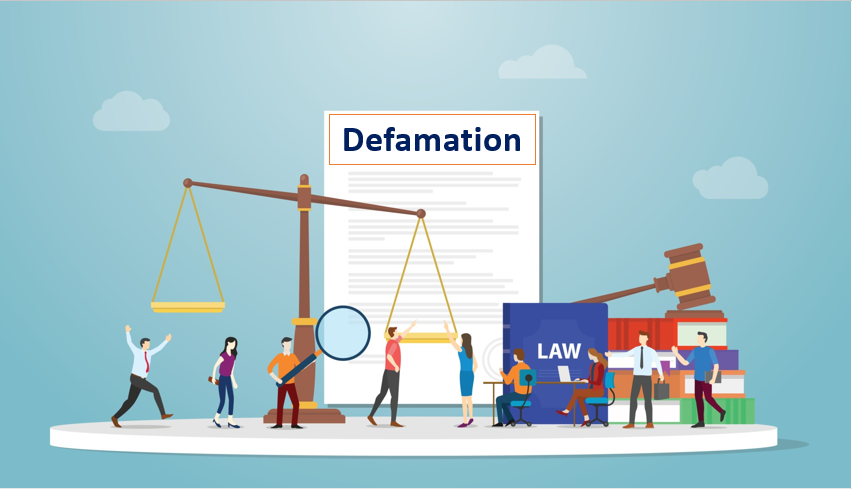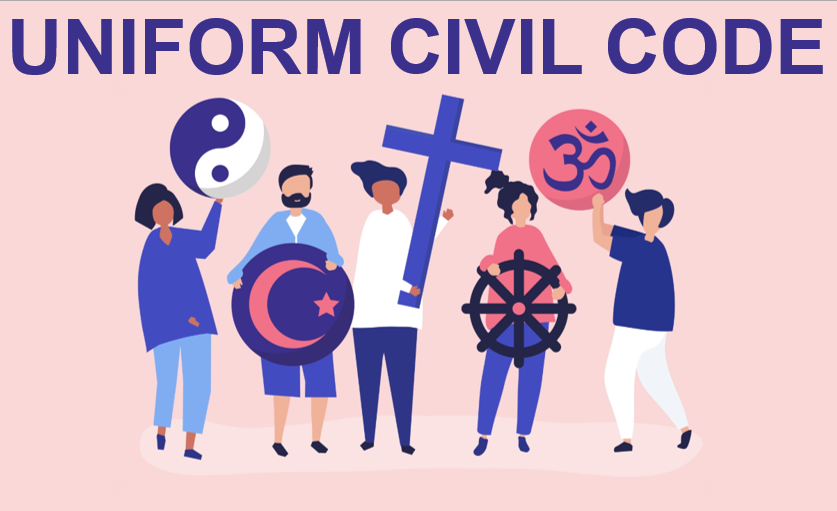Abstract
As we know, India has a written constitution that ensures basic rights to all its citizens and has provisions for the duties to be followed by the government and the people. It safeguards the public from exploitation and keeps a check on the government. In this article, the five writs will be discussed with their importance. The history and evolution of the same would be listed for reference. It is the study of the writs that would enable us to understand the true powers of the Supreme and High Court.
Introduction
While discussing the writs, it is important to know the evolution of the concept. It came into being as some administrative orders in ancient England that had a seal on them. Soon, writs were used in legal proceedings, and each had its own meaning. While we talk about India, the writs derive their power from Article 32[1], which talks about constitutional remedies, and Article 226,[2] which talks about the power of high courts to issue writs within the Indian territory. They are issued by the Supreme Court and High Courts accordingly.
The five types of writs are Habeas Corpus, Mandamus, Prohibition, Certiorari, and Quo warranto.
Habeas Corpus
The straight meaning of Habeas Corpus is “to produce the body.” The concept of giving power to individuals to ensure their liberty has developed over the centuries. In simple terms, it is a right against unlawful detention. No one can confine our bodies without any lawful justification. This writ helps us to perform personal liberty and protects us against any unauthorized confinement.
However, there are some instances where a person cannot enforce this writ, and the same is when the detention has some legal backing or is allowed by the court or by any authority following the law or when there is no territorial jurisdiction of the court over the detainer.
Case
- ADM Jabalpur[3] – This case is popularly known as the habeas corpus case and was decided in the Supreme Court by a five-judge bench. It was a time of emergency when all the fundamental rights of the citizens were suspended. The legal question was whether, during the time of emergency, all the personal rights of the citizens be suspended, or they could apply for habeas corpus. The facts of the case were such that a political activist without any trial was arrested under the “Maintenance of Internal Security Act.” then it was held by the Supreme Court that during an emergency, a person’s right to life and the person could be detained under preventive detention without any interference of the courts.
However, this judgment was overruled in the case of “KS Puttaswamy vs. Union of India.”
Mandamus
Suppose a king is giving orders to his ministers. These orders or commands are known as a writ of mandamus. It is issued to a person or body who has to perform a specific activity and has refused to perform it. The demand to perform the duty can be public or quasi-public. It is issued whenever the respective bodies do not perform a legal responsibility and can be tribunals, public corporations, or the government.
Now, there are certain exceptions to this writ, and they are for public officials. Hence, private companies are free from the writ of mandamus, and also, the position of Chief Justice and President is free from the rule as mentioned earlier.
Case
- Bombay Municipality vs Advance Builders[4]– in this case, the Bombay municipality prepared a scheme for town planning, which the state government later approved. Still, in this case, no action was taken for a long time. Consequently, the court ordered the municipality to implement the planning scheme, showing the working of the writ of mandamus.
‘Writ of Prohibition’
The word prohibit means ‘to stop,’ and hence came the writ of prohibition. When the apex or high courts want to pass a stay order to any inferior court, they issue the writ of prohibition. It is issued only when a lower court exceeds its powers and performs an act in excess of its jurisdiction.
Suppose a lower court is proceeding over a case with no jurisdiction or gives a judgment violating the natural justice rules. Then, the upper court can make it stop by issuing this writ.
Case
- Brij Khandewal Vs. Union of India[5] – This is a case where the Delhi High Court did not issue the writ of prohibition against the Central Government to prevent it from signing an agreement on a boundary dispute in Sri Lanka. The reason given was that the writ can only be issued concerning judicial or quasi-judicial issues and not in executive decisions.
‘Writ Of Certiorari’
If understood in simpler terms, the writ of certiorari is about re-checking the action of a lower court by the higher courts. For the cases which do not have any appeal, the party under this writ can request the higher courts to review the judgment. It is a process through which the past mistakes of the lower courts can be worked upon and corrected. It is not issued against private companies or persons.it is to be issued by a high court under Article 226 and by the Supreme Court under Article 32.
Case
- Hari Vishnu Kamath vs. Syed Ahmad Ishaque – this is an important case in the matter of writ of certiorari and it was held that it would be issued for
(1) “fixing jurisdictional errors, such as when a lower court or tribunal acts outside of its authority, beyond its authority, or neglects to use its authority.”
(2) “Additionally, a petition for certiorari may be filed if a court or tribunal exercises illegitimate authority, such as when it makes a decision without providing the parties with a fair hearing or when it violates natural justice norms.”
(3) “When a court issues a writ of certiorari, it is acting in its capacity as supervisor rather than an appellate body. This has the effect of preventing the court from reviewing factual conclusions made by the lower court or tribunal, even if they are incorrect.”
Difference:
Prohibition is issued to stop the lower court from continuing its act. In contrast, a Certiorari is issued to recheck the work already done by the lower court. Secondly, prohibition generally comes before the act is done and hence is considered as the starting point, whereas certiorari comes after the act has been committed and hence is the later point. Certiorari is issued after the judgment, whereas prohibition is issued after the proceedings.
‘Writ Of Quo Warranto’
The meaning of this writ is in a type of question that asks “By what warrant or authority.” This means the court asks the defendant for the justification of its acts when done something not authorized by law. There are conditions to be fulfilled and that is- it can only be issued against a public office which is permanent in character and cannot be against any private office. It can be applied when a person is holding a public office for which he doesn’t possess adequate qualifications.
Case
- University of Mysore V. CD Govinda Rao – the facts of the case are such that a person who did not fulfill the requirements and criteria for the post was appointed for the same. When the case was taken to the Supreme Court, it was held that for issuing the writ of quo warranto, it is important to establish that the person who wrongfully takes over the office must be of a “substantive” nature.
Conclusion
The following writs build a sense of security within the citizens who can safeguard themselves from wrongdoing and enforce their fundamental rights with full liberty. It also helps in preventing any unlawful act done by any individual and can order the officials to perform their duty if they are negligent. Also secures the rights of people who face detention.
Citation
i) Article title – Habeas Corpus
Website title – Legal Information Institute
Date accessed – 22/12/23
ii) Article title – Writs in the Indian Constitution
URL – https://cleartax.in/s/writs
Website title – ClearTax
Date accessed – 22/12/23
iii) Article title – Writ of Prohibition
URL – https://www.law.cornell.edu/wex/writ_of_prohibition
Website title – Legal Information Institute
Date accessed – 23/12/23
iv) Article title -Principles For Issuing Writ Of Certiorari Under Article 226
Website title – Live Law
Date accessed -23/12/23
v) Article title – The Writ of Quo Warranto – Legal Articles
URL – https://www.freelaw.in/legalarticles/The-Writ-of-Quo-Warranto
Website title – Free Law
Date accessed -23/12/23
[1] The Constitution Of India 1950, article 32
[2] The Constitution Of India 1950, article 226
[3] ADM Jabalpur vs Shivkant Shukla [AIR 1976 SC 1207]
[4] The Municipal Corporation Of … vs The Advance Builders (India) Pvt. … on 24 April 1969
Equivalent citations: (1971) 73 BOMLR 657
[5] Brij Khandelwal vs. India, A. I. R (1975) Del. 184



Wow, very well written, easy to understand.